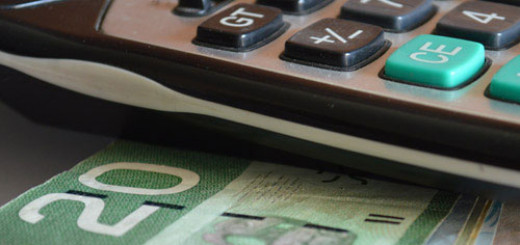9 Facts About Broken Heart Syndrome

Most of the times, broken heart syndrome is often confused with a heart attack, but it is not so. Some kind of trauma, startling or shocking events can trigger or impact your body’s flight or fight mechanism. When startled or shocked or when the heart is subjected to unbearable loss, your body can release a profusion of chemicals that can cause the heart muscles to stun. During this time, the heart fails to pump properly. Even when there is resemblance of symptoms between broken heart syndrome and heart attack, the treatment approaches need to be different. Here are some facts about broken heart syndrome.
1. Women are at least eight times more likely to suffer from broken heart syndrome than men.
2. The syndrome is likely to occur in post menopausal women who are above 50 years of age.
3. Broken heart syndrome may have the same symptoms as that of a heart attack like shortness of breath, chest pain, sweating and irregular heart beat. But it is not a heart attack.
4. One part of the heart in a broken heart syndrome grows big and fails to pump well. The other portion functions as usual.
5. Broken heart syndrome is known by many names and includes takotsubo cardiomyopathy, stress cardiomyopathy or apical ballooning syndrome. Tako-tsubo is a Japanese term that is referred to a pot that is specially designed for trapping sea creatures. And when the Japanese looked at images of a broken heart, they felt that those images bore an uncanny resemblance to the fishing pot.





